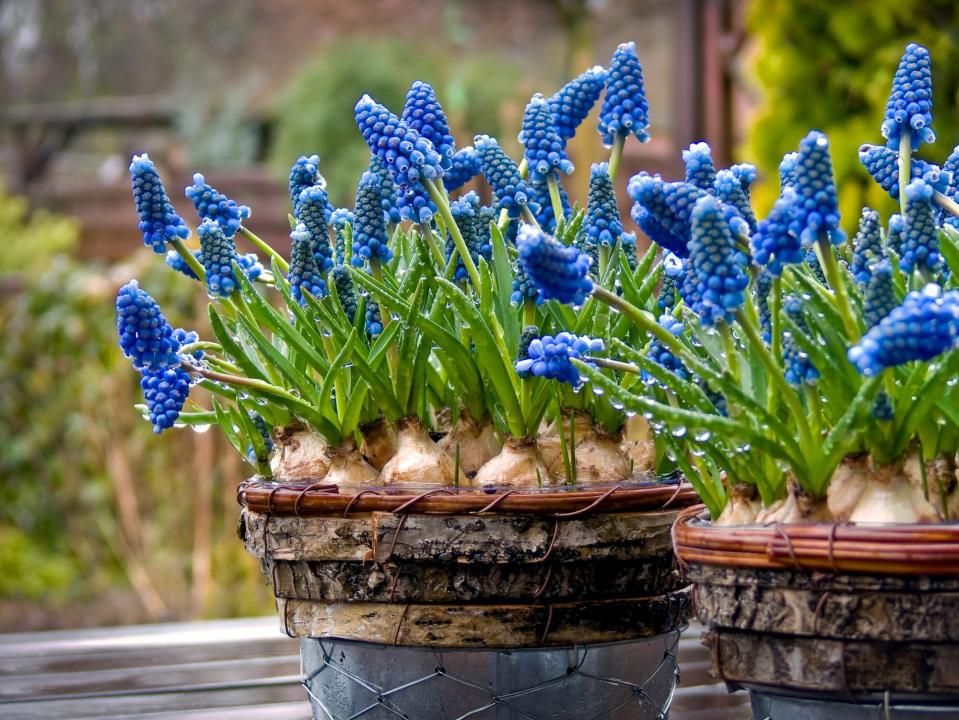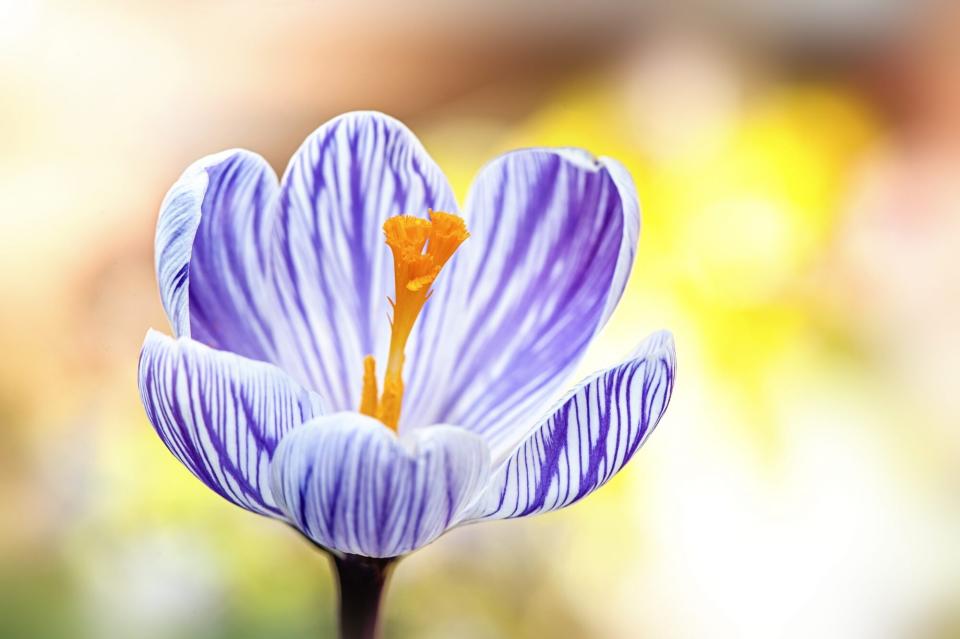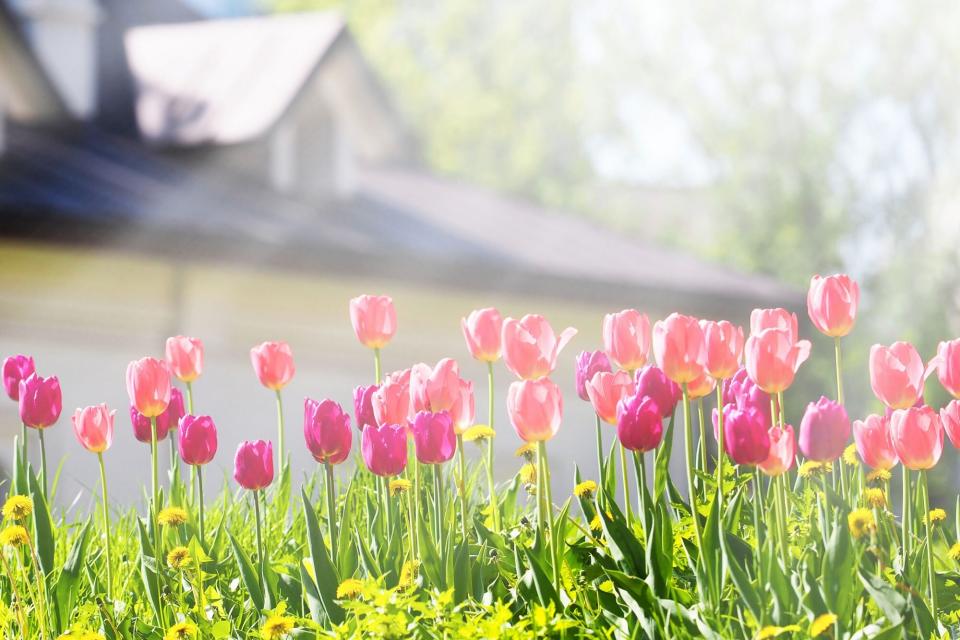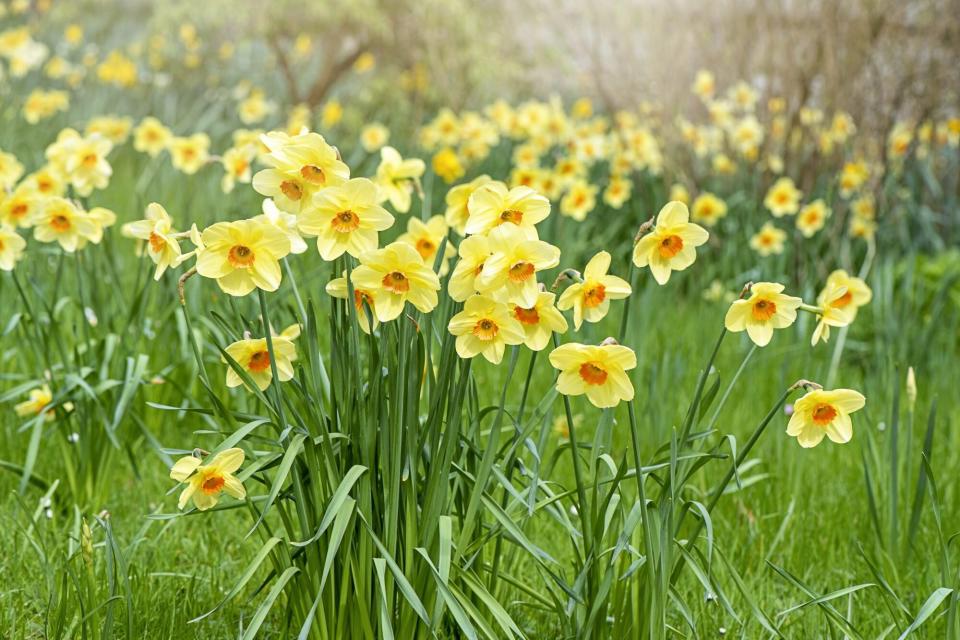Here Are 6 Bulbs to Plant in the Fall—You'll Enjoy Their Beautiful Flowers Come Next Spring and Summer
Some of your favorite spring and summer blooms come from bulbs you plant in the fall. This is because many of these plants need a cool, dormant period in order to grow once the weather warms up.
For these types of bulbs, getting them settled and into the ground before the first frost is key to ensuring new growth once colder weather dissipates. If you wait too long and try and plant them after the first frost of the year, you may run into trouble digging up the hardened ground. Additionally, if you plant them once cold weather has given way to warmer spring temperatures, they may not get enough of the dormant time they require to bloom, meaning you'll have to wait an additional year to see your hard work pay off.

Johnny Miller
Although planting bulbs in the fall is the best way to get the flowers on our list to bloom, you should be mindful that you won't be the only one interested in what you're putting into the ground. Frequent backyard visitors, like squirrels and chipmunks, love digging up flower bulbs during the winter when their food supplies are limited. And furry visitors like deer and rabbits may see those first shoots of green as inviting snacks.
Related: How to Plant Tulip Bulbs

Ellen van Bodegom / Getty Images
Muscari
Also known as Grape Hyacinth for its grape aroma and hyacinth-like appearance, muscari bulbs should be planted in your garden in the fall, says Christina Matthews, urban flower farmer-florist and owner of The Flower Lady; they will reveal beautiful blooms come spring.
"Muscari come in an array of blue hues but you can also find white varieties and even pink," she says, adding that you can bring them indoors, as well, as cut flowers. "Muscari like well-draining soil, full sun (but can handle some shade), and should grow well in zones 4 to 9," she says. "Plant them pointy side up only a few inches deep and a few inches apart."
Well-draining soil
Full sun
Grow in zones 4 to 9

Jacky Parker Photography / Getty Images
Crocus
You'll know that spring is near when you start to see crocus flowers popping up in your garden. "These dainty and very easy-to-grow flowers are one of the first to bloom each spring and come in an array of beautiful color combinations," explains Matthews, noting to get their bulbs in the ground when autumn hits. "Crocus need well-draining soil, they do well in full sun or shade, and should grow well in zones 3 to 8." Additionally, these spring beauties will bring pollinators to your garden.
Well-draining soil
Full sun or shade
Grow in zones 3 to 8

ANGHI / Getty Images
Tulip
Tulips make a great addition to your spring patch because they are easy to grow and do well when cut and brought inside. "Tulips do best in well-draining soil. When planted in zones 3 to 8, they enjoy the cold winter period," according to Matthews. "But don't fret if you are in a warmer climate as many tulips companies offer bulbs that are pre-chilled, so they will bloom in your warm zones, too."
To plant, she suggests digging a 6- to-8-inch-deep hole and then placing three to five bulbs in the bottom of the hole before covering it with soil. "I add a fresh 1 to 2 inch layer of compost on top to finish the job."
Well-draining soil
Grow in zones 3 to 8 (but can grow in warmer climates if chilled)
Add compost to freshly-planted bulbs
Related: 6 Tips for Planting Tulips

Kateryna Mashkevych / Getty Images
Hyacinth
It's hard to think about spring without imagining the sweet scent of hyacinth in the air. "This highly fragrant, compact flower will invite all of the early pollinators to your garden," according to Matthews. "Hyacinths grow best in well-draining soil and planted in zones 3 to 8—they enjoy the cold winter period."
Like tulips, you can get pre-chilled bulbs if you want to try to grow these spring favorites in warmer temperatures. "The rain and snow during the winter months provide much of the moisture needed to grow well but if things get super dry for a long period feel free to give them a drink," she says.
Well-draining soil
Zones 3 to 8
Water if dry
Related: How to Grow and Care for Hyacinths, Indoors and Out

Jacky Parker Photography / Getty Images
Daffodil
If you're looking for cheery yellow-and-white blooms, Brook Klausing, landscape architect and founder of Brook Landscape, suggests planting daffodil bulbs in the fall. Klausing says that they should be planted two to four weeks before the first frost.
"The larger the bulb the better, and make sure it is at least 3 inches below ground," she says. "Daffodils contain something called oxalic acid—a substance that makes them unpalatable to most rodent pests." These bulbs are hardy in zones 3 to 8.
Plant two to four weeks before first frost
Grow well in zones 3 to 8

Jacky Parker Photography / Getty Images
Allium
Alliums come in all shapes and sizes, making them an interesting addition to your landscape. Some varieties are tall and offer a perfectly round purple or white flower that can grow as big as a softball, depending on the variety, according to Matthews.
"Alliums are related to the onion family, love full sun, well-draining soil, and can be planted in zones 3 to 9," she says. Matthews likes to keep the flowers and dry them so that they can be added to fall wreaths.
Well-draining soil
Full sun
Grow in zones 3 to 9

